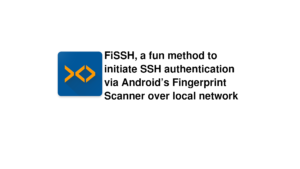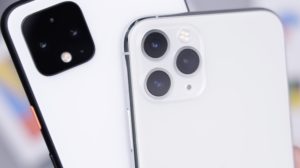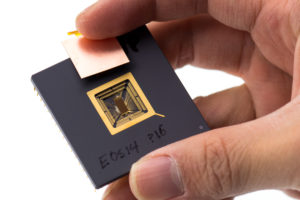Life-Cycle-Assessments, also known as life cycle analysis, is a method of environmental science to determine the environmental impact of a product over the entire life cycle. Production as well as use and disposal are taken into account. All influences of the individual processes during the three phases are also included, including materials, procurement and dismantling, transport, energy consumption and emissions. The life cycle assessments are largely standardized by the international organization for standardization by means of guidelines. These are set out in ISO 14040 and ISO 14044.
There are only a few current life cycle assessments for cell phones, for current smartphones practically none at all.
In an industry as rapidly developing as the smartphone industry, they are quickly outdated and no longer appropriate for the changing usage requirements. The development cycles for smartphones are becoming shorter and shorter, and life cycle assessment, which examines the entire life cycle of products, can only provide a complete overview of their environmental impact at the end of the product’s life when it is no longer in use.
Moreover, the authors assume different system boundaries and use different programs for analysis, making comparisons more difficult. For example, there is a life-cycle assessment that assumes three years as the period of use of the product, this is only feasible with Google or Apple smartphones, most smartphones do not receive security updates beyond the legal warranty period of 24 months. In this respect, a usage period of two years would be more realistic. Even though Samsung promises three years of security updates, this applies especially to high-end models such as the S or Note series. Here, however, three years is still too short a period, since these are high-end devices for which the price is so high that a long usability and supply of updates is expected. For clarification: the Sony Xperia Z5, which was the subject of the life cycle assessment by Ercan et al., was launched in October 2015 with Android 5 and was updated to Android 7 at the end of 2016, beginning of 2017. The last update is from October 2017 (New update rolling for Xperia Z5 family, Z3 Plus and Z4 Tablet (32.4.A.1.54), 2017; XperiCheck.com – Z5 (E6653), no date). This is a total of exactly 24 months in which security updates were released.
With regard to a more realistic assumption of the useful life of a smartphone, a corresponding adjustment should be made, which is more likely to be one year for intensive use and three years for low use. Assuming a value of two years in life-cycle assessments thus seems much more realistic, especially when one considers that manufacturers who deliver security updates for three years tend to be the exception. The assumption that users will replace their devices after an average service life of two years is also supported by the data from the report by Kantar Worldpanel and research done by Merve Güvendik.
From the existing life cycle assessments it is clear that smartphones are most harmful to the environment, especially in production and during use, including server farms. These problems cannot be addressed directly through operating system updates, but can be addressed indirectly. For example, a longer supply of updates could extend the usage times of smartphones and thus improve the ratio of usage time to the more harmful production and disposal cycles – provided there is no hardware defect.
Supplying the devices with modified software updates, by means of custom ROMs, would come close to the refurbishing cycle mentioned in Trevor Zink’s Life Cycle Assessment. Another important point in smartphone Life-Cycle Assessments is the energy expenditure that is incurred when using online services such as streaming or data backups. This is difficult to analyze in a standardized way. Nevertheless, slower developments and product renewal cycles would be advantageous for reduced emissions from server farms. For example, videos could still be streamed in full HD resolution by default, which would require less computing power, and would not have to be streamed in higher resolutions and correspondingly higher data rates just because, for example, the resolution of the displays has increased.
In the same way, pre-installed software has a similar effect on the manufacturers’ Android systems, which are usually already resource-hungry anyway. On the one hand, these consume energy, storage and computing power directly on the device and, on the other hand, generate increased network traffic, which slows down the devices and drains their batteries more quickly.
A further critical point of the pre-installed software is the permissions of the associated apps, which can be very extensive in the case of system apps and thus represent potential security gaps. These apps usually also have access to sensitive data from which precise user profiles can be drawn. These are all aspects that are hardly ever considered in life cycle assessments. A remedy could be custom ROMs that are compiled with far fewer pre-installed apps. Another alternative would be to uninstall the apps using root access, but this could endanger the system integrity. Simply disabling the apps is another way to disable the features, but the memory space will still be occupied by the apps. Nevertheless, life-cycle assessments show that longer usability of the devices extends the new purchase cycle and thus improves the sustainability of the individual product.
Another point that is hardly considered in the LCAs, because there is hardly any data available or it is not published, is the defect rates of end devices. The defect rates can vary greatly and are difficult for manufacturers to understand as published by Merve Güvendik in his research paper already.







